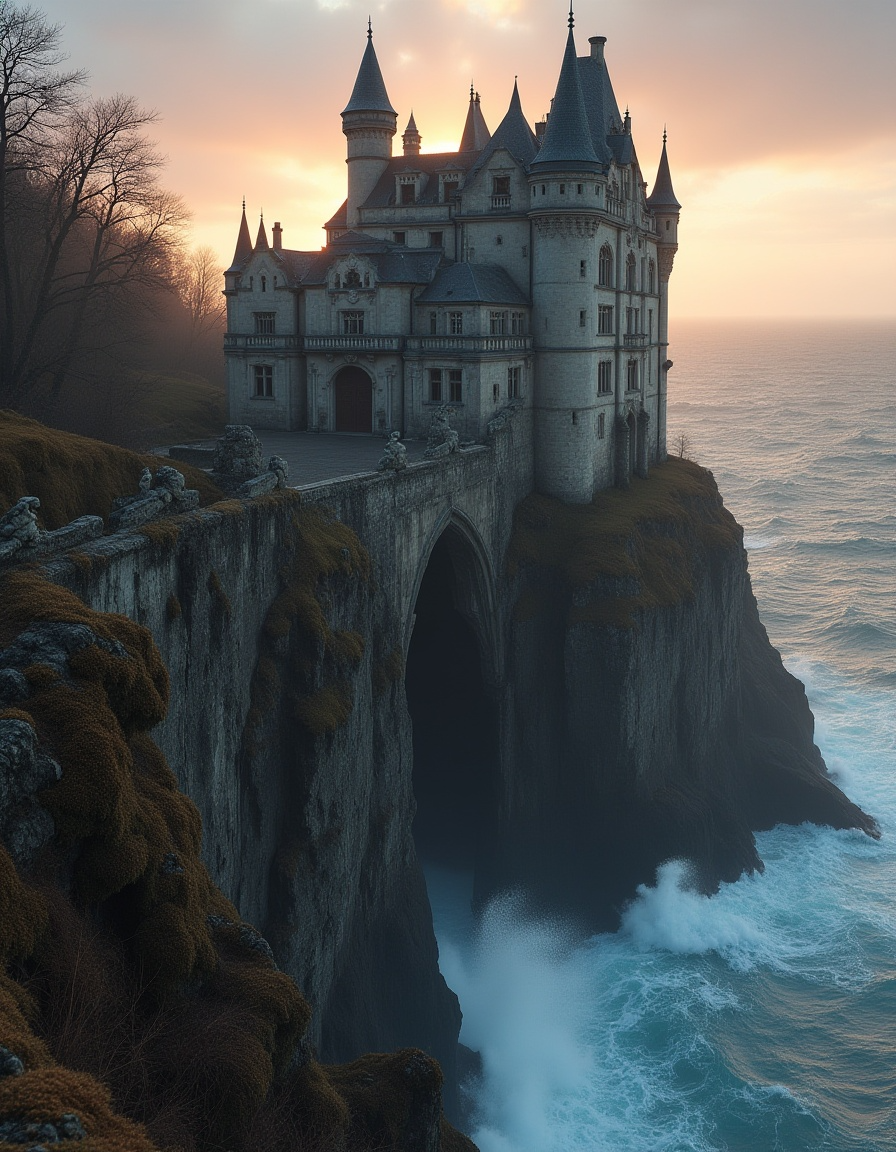Step into the crumbling remains of an old castle or monastery, and you feel a hush fall over you. Stone arches broken by ivy, staircases leading nowhere, windows framing only sky—these ruins are not empty. They are full of gothic vibes. They speak in silence. They remind us that beauty doesn’t have to be whole to be moving. In fact, it is the incompleteness that captivates us.
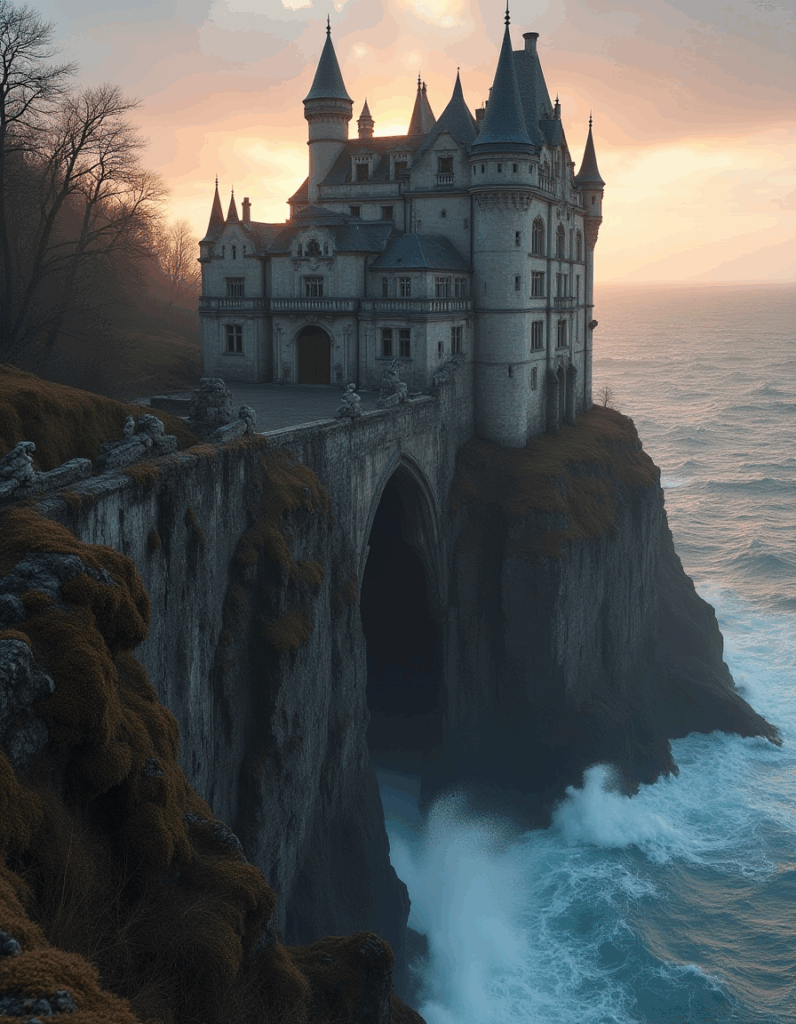
For centuries, ruins have inspired writers, artists, and dreamers. In the 18th and 19th centuries, especially, Romantic poets found in ruins a kind of living poetry: Wordsworth lingered over Tintern Abbey, while crumbling towers on the Mediterranean coast haunted Byron. To walk among ruins was to walk inside time itself, to stand in the presence of beauty shaped by decay. And for the Victorians, this aesthetic found its way into painting, architecture, and eventually, the Gothic imagination.
The Allure of Imperfection
In a world that often prizes polish and perfection, ruins appeal to something deeper. They remind us that incompleteness can be more evocative than wholeness. A crumbled archway tells a story that a new wall cannot. The missing stones, the empty windows, the weathered carvings—all invite the imagination to fill in what’s gone.
This invitation is part of their charm. Ruins do not present themselves as finished, but as fragments. They let us wonder what once was, and what might have happened there. They whisper stories rather than shouting them. This makes them inherently aesthetic—and inherently gothic.
When we photograph or post ruins today, whether on Instagram or Pinterest, we aren’t simply capturing architecture; we’re also capturing a sense of history. We’re curating mood. The brokenness is part of the beauty. It speaks to transience, to memory, to the passage of time.
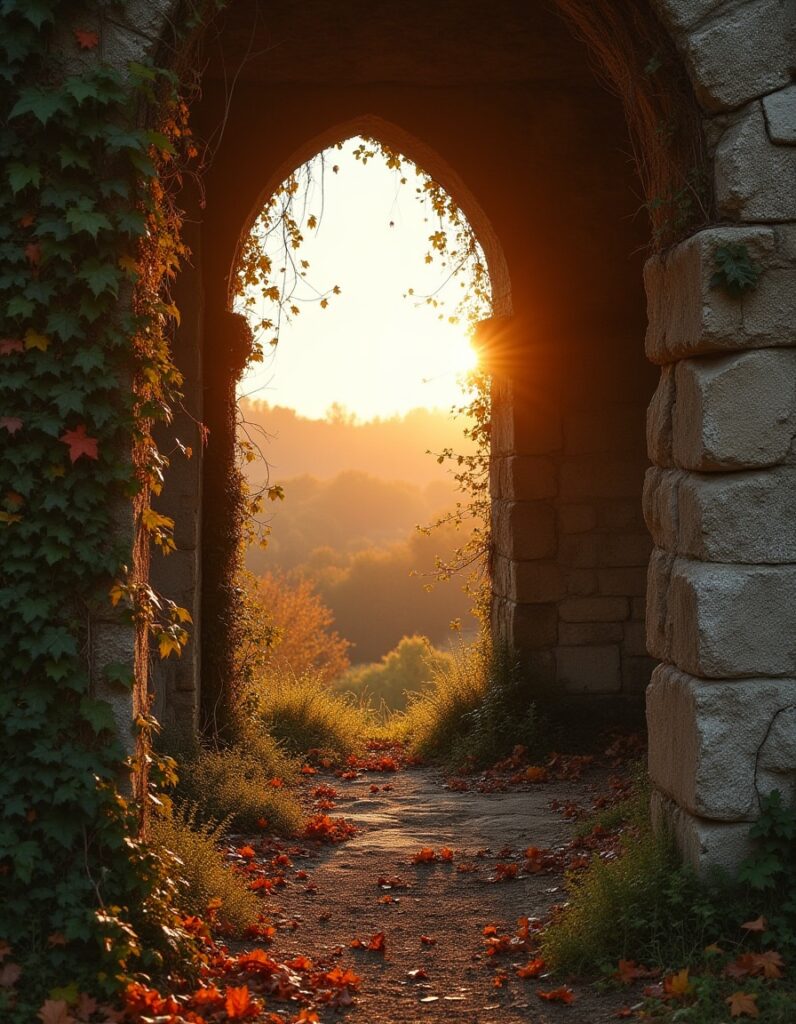
Nature and the Hand of Time
What makes ruins uniquely poetic is not just their architecture, but their relationship with nature. Ivy climbing the walls, moss covering stone, trees framing towers—nature turns ruins into collaborations. The wild softens what was once rigid, and in that softening, beauty emerges.
This was a central theme for the Romantics, who saw in ruins the reconciliation of human creation and natural reclamation. The Victorians also embraced this imagery in Gothic Revival art and design. A ruin overgrown with ivy was not just a reminder of loss; it was a vision of harmony between culture and nature, shadow and light.
That blend of wildness and structure still enchants us. It’s why photos of castle ruins in autumn, framed by golden leaves and fog, circulate endlessly online. They embody balance: manmade order touched by time, softened by shadow.
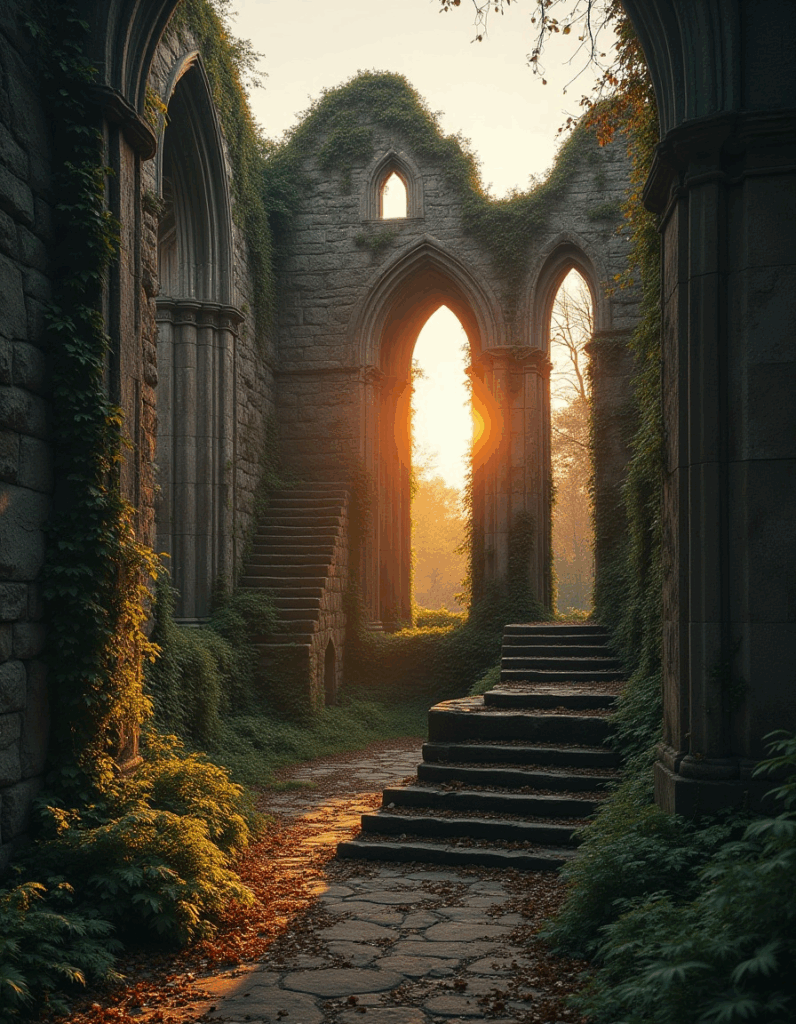
Ruins as Safe Mystery
Part of the appeal of ruins lies in their mystery. They suggest stories without fully telling them. Who lived here? What was celebrated in these halls? Why did they fall silent? The unanswered questions give ruins their power. But unlike horror, which thrives on sharp fear, the mystery of ruins is gentle. It is a safe kind of haunting.
Standing in a ruin at sunset, one feels less fear than peace—a reminder of continuity, of belonging to a longer story. The melancholy they evoke is tinged with comfort —a Gothic coziness that soothes rather than startles. This is why they fit so naturally into modern aesthetic culture. They provide aesthetic, not alarm.
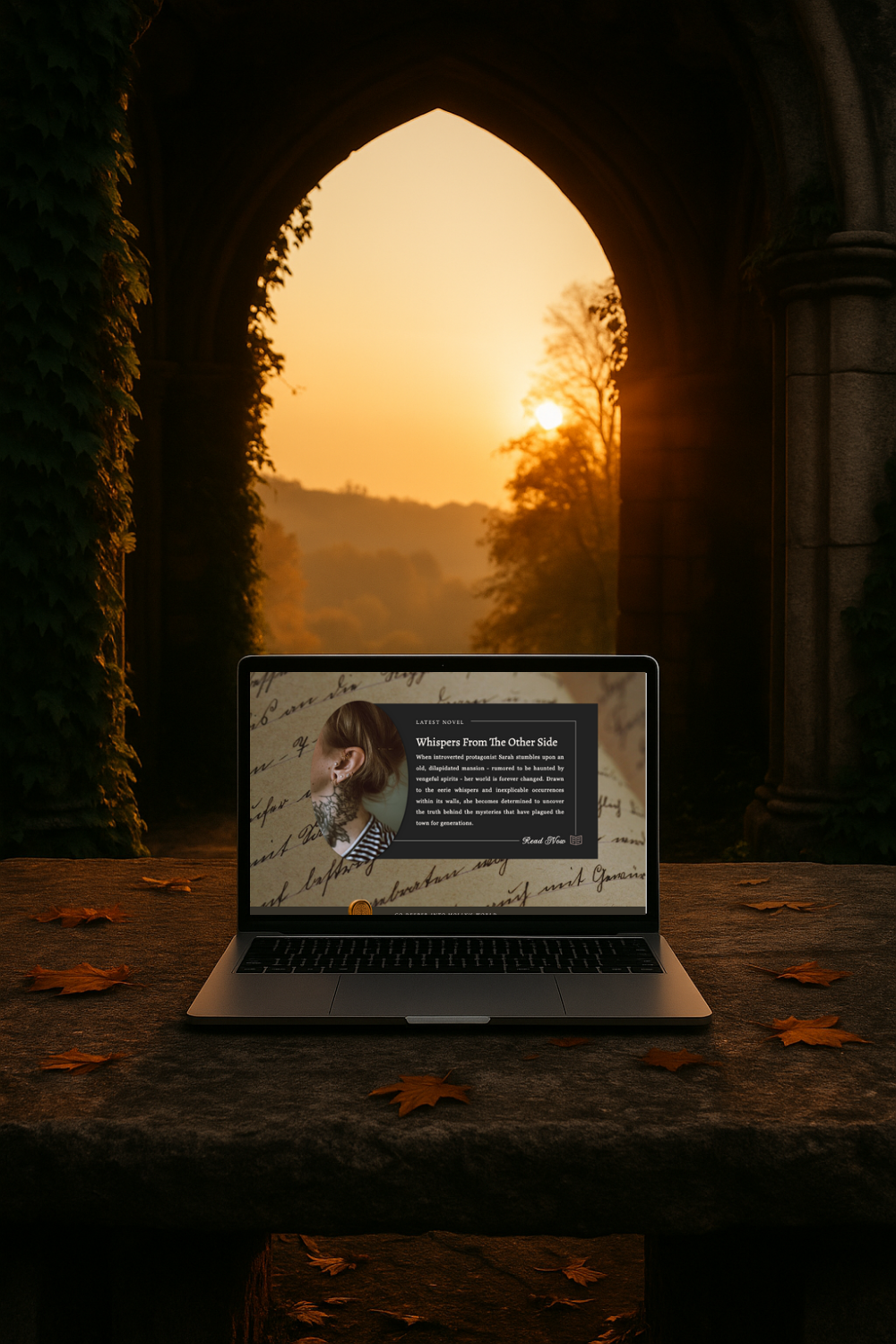
The Ruin as Romantic Ideal
In many ways, the ruin is the perfect Gothic symbol. It is both presence and absence. It is solid, yet incomplete. It is beauty enriched by shadow. The Victorians understood this deeply, and their fascination with medieval ruins shaped much of what we now consider gothic design. Pointed arches, tracery, and towers—all were inspired by buildings that had, in many cases, fallen into picturesque decay.
Today, when we scroll past images of old castles in the Scottish Highlands or abbeys in the English countryside, we are inheriting that same sensibility. Ruins continue to enchant because they offer us something finished spaces cannot: the poetry of impermanence, the beauty of brokenness, the charm of shadow in sunlight.
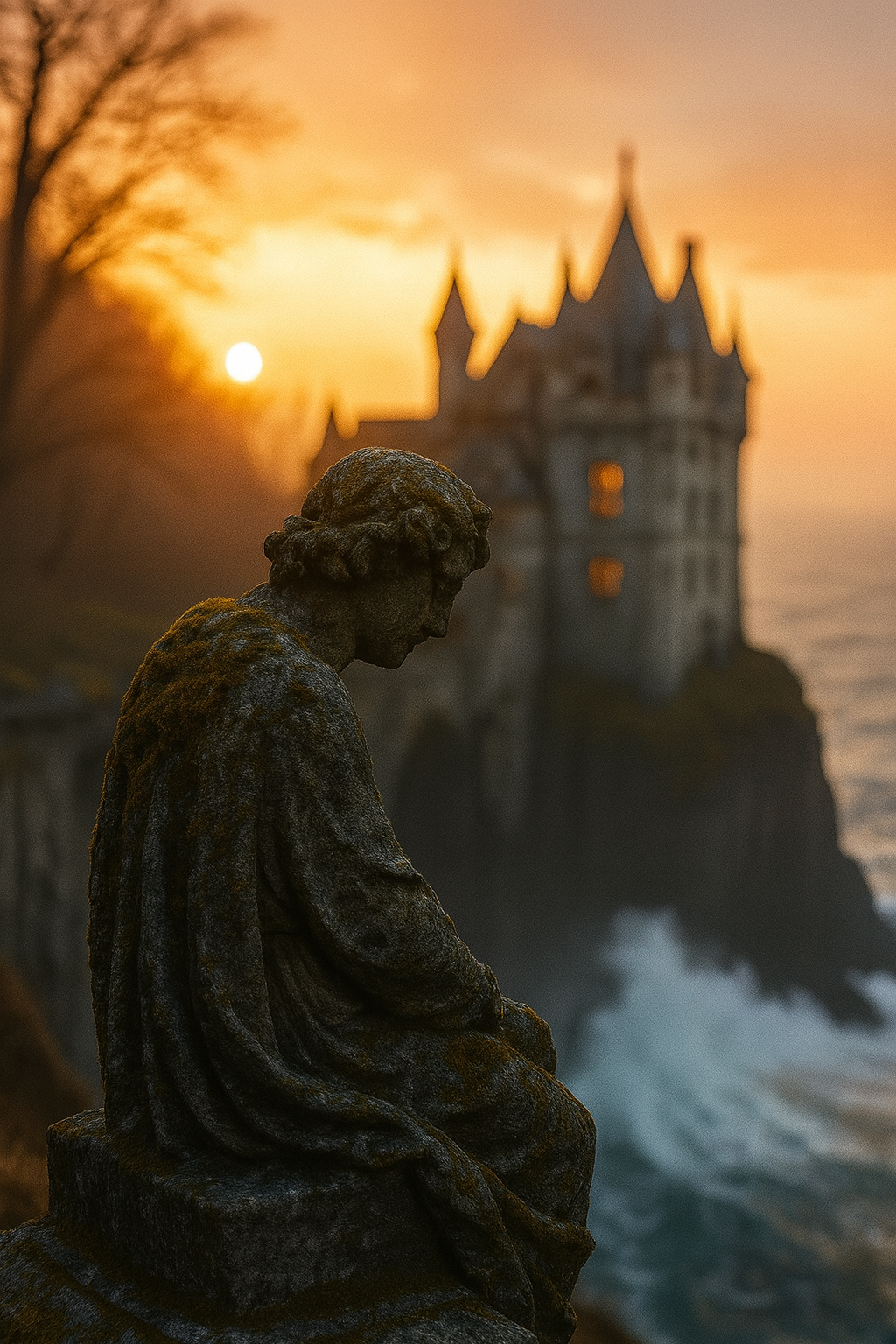
Why We Return
We are drawn to ruins not because they frighten us, but because they invite us in. They allow us to imagine, to remember, to feel. They remind us that time itself can be beautiful, that what fades can still glow.
This is why ruins fill our feeds and our imaginations. They are not simply relics; they are poems written in stone. Their verses speak of history, aesthetics, and the comfort of mystery. And every time we return to them—whether walking through ivy-clad arches or scrolling past an amber-lit photo—we feel their spell again.
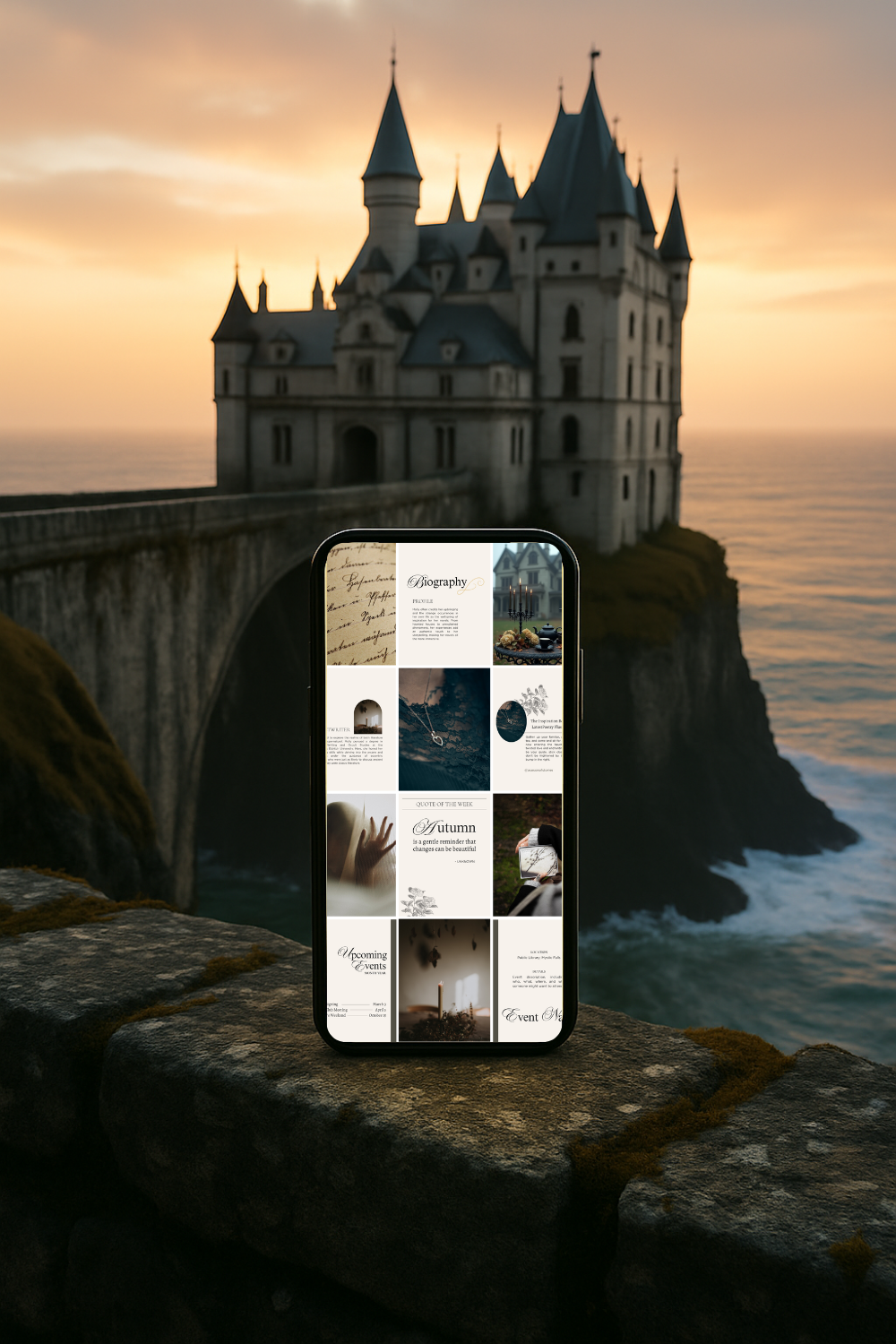
Let this spell work for you: elevate your brand with my ready-to-use gothic templates →
